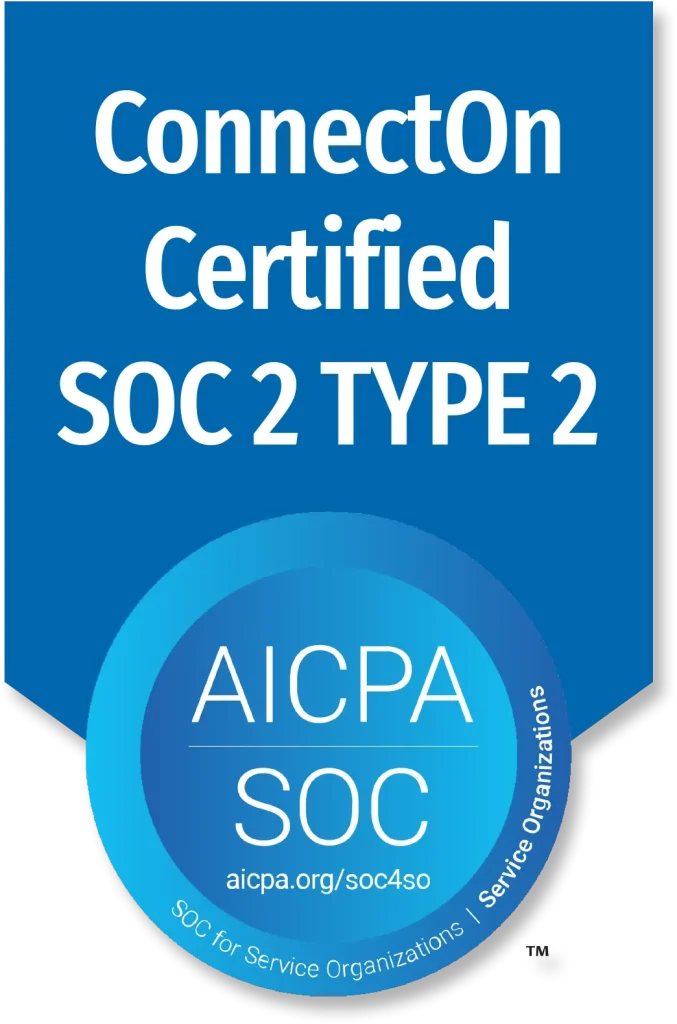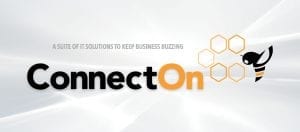January 14, 2020 marks the end-of-support for Windows Server 2008 and 2008 R2. This means that sales, support, security monitoring, and updates will no longer be available. End-of-support for any product leaves you vulnerable to new viruses and malware.
Microsoft Support Lifecycle
Each Microsoft product follows a support lifecycle from release to end-of-support. Mainstream support includes full support, performance enhancements, and security updates for five years after the product is GA (general availability). Following mainstream support, extended support is available for purchase, but limited to security updates. Finally, products reach end-of-support life when all support for the product terminates.
It’s time to take inventory. If you are running Windows Server 2008 or 2008 R2, it is time to plan for replacement. The end-of support means that you will no longer receive security updates, leaving you susceptible and at risk of data loss and theft.
Your Operating System is Vulnerable
We know that many organizations depend on Windows Server 2008 for daily business operations. Fixes, updates, and technical support will terminate in January 2020. Any vulnerability discovered after the EOL support date will not update. The lack of security updates once the product reaches end-of-life support puts organizations at risk. With over 1400 vulnerabilities over the life of the product, hackers are sure to target the OS once it reaches end-of-support.
WannaCry and Petya, for example, exploited a vulnerability in Microsoft Windows SMB protocol. Fortunately, patches for these vulnerabilities were available ahead of time. This will not be the case for Server 2008 as of January 14, 2020.
What Can Businesses Do To Prepare For MS Server 2008 and 2008 R2 End-Of-Support?
Many businesses rely on Server 2008 for critical business applications, and migration can be a challenge due to budget, time, technological limitations, business disruption, and potential data loss. Fortunately, you have options. Microsoft suggests that:
“Customers who use Windows Server 2008 or Windows Server 2008 R2 products and services should migrate to Microsoft Azure to take advantage of three additional year of Critical and Important security updates at no additional charge and modernize when ready. For environments other than Azure, we recommend customers upgrade to the latest version before the deadline. For customers who cannot meet the end-of-support deadline may purchase Extended Security Updates to keep server workloads protected until they upgrade.”
Even with the increased security risks, many organizations will continue to use Windows Server 2008 after end-of-support due to the constraints mentioned earlier – time, budget, disruption, data loss worries, and technical limitations. If this is you, contact a ConnectOn expert today to develop an upgrade plan. The good news is that newer, faster, more robust options are available. We will help you assess your environment, identifying the devices that require an upgrade, explain your options, and perform the migration without impacting your business productivity.



